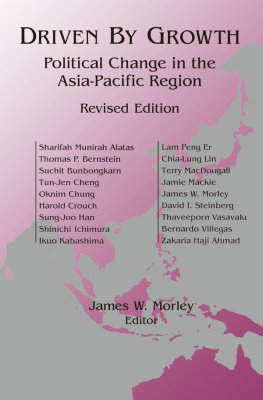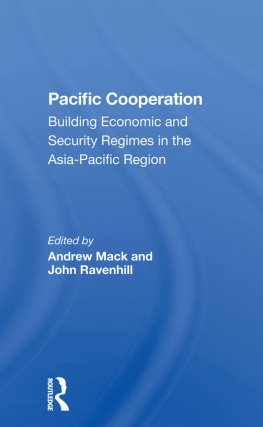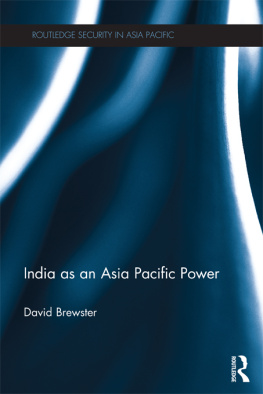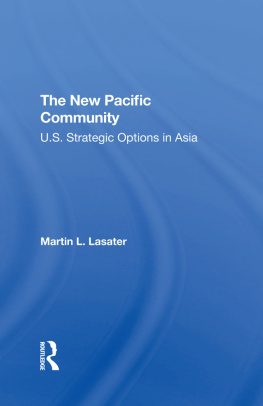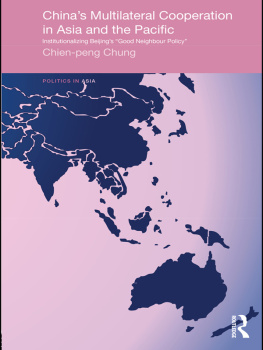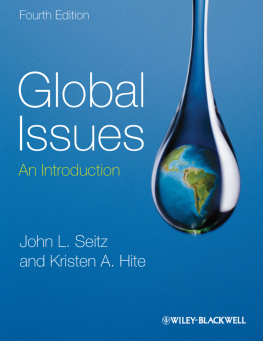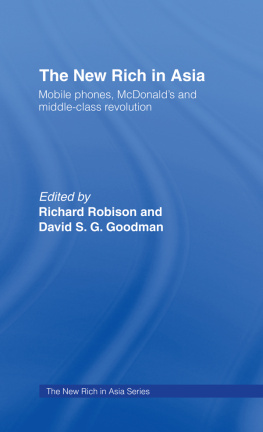DRIVEN BY GROWTH
Studies of the East Asian Institute,
Columbia University
THE EAST ASIAN INSTITUTE OF COLUMBIA UNIVERSITY
The East Asian Institute is Columbia Universitys center for research, publication, and teaching on modern East Asia. The Studies of the East Asian Institute were inaugurated in 1962 to bring to a wider public the results of significant new research on countries in the Asia-Pacific region.

An East Gate Book
First published 1999 by M.E. Sharpe
Published 2015 by Routledge
2 Park Square, Milton Park, Abingdon, Oxon OX14 4RN
711 Third Avenue, New York, NY 10017, USA
Routledge is an imprint of the Taylor & Francis Group, an informa business
Copyright 1999 Taylor & Francis. All rights reserved.
No part of this book may be reprinted or reproduced or utilised in any form or by any electronic, mechanical, or other means, now known or hereafter invented, including photocopying and recording, or in any information storage or retrieval system, without permission in writing from the publishers.
Notices
No responsibility is assumed by the publisher for any injury and/or damage to persons or property as a matter of products liability, negligence or otherwise, or from any use of operation of any methods, products, instructions or ideas contained in the material herein.
Practitioners and researchers must always rely on their own experience and knowledge in evaluating and using any information, methods, compounds, or experiments described herein. In using such information or methods they should be mindful of their own safety and the safety of others, including parties for whom they have a professional responsibility.
Product or corporate names may be trademarks or registered trademarks, and are used only for identification and explanation without intent to infringe.
Library of Congress Cataloging-in-Publication Data
Driven by growth: political change in the Asia-Pacific region / James W. Morley, editor.Rev. ed.
p. cm.(Studies of the East Asian Institute)
An East Gate book.
Includes bibliographical references (p. ) and index.
ISBN 0-7656-0351-9 (cloth : alk. paper) ISBN 0-7656-0352-7 (pbk : alk. paper)
1. Asia, SoutheasternPolitics and government1945 2. Asia, SoutheasternEconomic Policy. 3. East AsiaPolitics and government. 4. East AsiaEconomic policy. I. Morley, James William, 1921 . II. Series.
JQ750.A91D75 1998
330.95042dc21
9816632
CIP
ISBN 13: 9780765603524 (pbk)
ISBN 13: 9780765603517 (hbk)
Contents
Shinichi Ichimura and James W. Morley
David I. Steinberg
Thaveeporn Vasavakul
Thomas P. Bernstein
Jamie Mackie
Jamie Mackie and Bernardo Villegas
Suchit Bunbongkarn
Zakaria Haji Ahmad and Sharifah Munirah Alatas
Sung-Joo Han and Oknim Chung
Tun-jen Cheng and Chia-lung Lin
Lam Peng Er
Ikuo Kabashima and Terry MacDougall
Harold Crouch and James W. Morley
Harold Crouch and James W. Morley
Tables
Figures
THIS VOLUME is a substantially updated, revised, and expanded second edition of the work first published under the same title in 1993. It continues the story generally through 1997, when the high growth period was abruptly interrupted.
Like the first edition, it attempts to see the Asia-Pacific region as a whole by bringing together individual studies of the major countries in both Northeast and Southeast Asia, as written primarily by scholars from the region itself. Like the first edition also, it attempts to use the juxtaposition of these studies as a laboratory for throwing new light on an old problem, the impact of economics on politics.
But this is not a clone of the first edition. After all, Asia has not stood still in the last five years, nor has our understanding. Although the regimes in Singapore, Malaysia, Indonesia, and Burma/Myanmar have shown little change, those in South Korea, the Philippines, Thailand, and Taiwan, despite economic crises, have strengthened their democracies. Will they last? In China and Vietnam, market reform has brought dramatic economic growth. Why not a greater political liberalization as well? In some countries in Southeast Asia, the economic growth seems to be slowing down. Does this account significantly for the apparent persistence of their authoritarian and quasi-democratic systems, or are other forces more explanatory? And what of Burma/Myanmar? How can one explain the strength of its military dictatorship in the face of the yearning for change that its people have so clearly demonstrated?
To tackle such questions and others, every chapter has been rewritten and brought up-to-date. Two entirely new chapters have been added, one on Burma/Myanmar and one on Vietnam. And although we regret that all of our original authors could not participate, we are pleased to have been able to add eight new members to the ten of the original group who appear here. The new contributors are Sharifah Munirah Alatas, Suchit Bunbongkarn, Oknim Chung, Lam Peng Er, Chia-lung Lin, Terry MacDougall, David I. Steinberg, and Thaveeporn Vasavakul.
In the course of this revision we have been brought also to rethink our models, suggesting the utility of using mixed designations: Leninist-authoritarian and authoritarian-democratic to identify the nature of those in-between systems that are often referred to with the prefixes semi- and quasi-; we have also followed the lead of a number of other analysts in distinguishing between formal and consolidated democracies. We have revised the final chapter, attempting to refine the Driven by Growth Model and the Contingency Corollary that we derive from our country studies and adding a brief survey of the relevant political change literature by way of acknowledging our debt to those who have explored this field before us. In addition, we have appended a brief note on the financial crisis of 199798 although it was too early at the time of writing to assess its impact in any detail.
This then is a new work; however, several caveats expressed in the first edition bear repeating. The pattern we propose is at best only a probability, for besides calling for testing in other regions of the world, it rests in large part on an intuitive base. The statistical data are supportive, but all too frequently inadequate. The questions that social scientists are interested in are not necessarily those that governments find most useful. In any event, some countries have stronger data-collecting and publishing traditions than others. Even for the strongest collectors, it was not until the 1960s that the United Nations brought some consistency into the statistical reporting of its members. It should also be recognized that there is an inevitable distortion in converting monetary values into U.S. dollars (which we have usually done to enable comparisons to made) if one uses the exchange rates because purchasing power parities may differ substantially. The values, therefore, should be understood to be more or less indicative, not exact. The result is that many of the economic, social, and political changes that we believe to be important cannot be reliably documented and compared. In these circumstances, each author has gathered and evaluated such statistical material as he or she could, but in the end, each has also faced the necessity in many cases of making judgments on the basis of scanty evidence.
In addition, the reader should be assured that the use of economies to describe our subjects when we are referring primarily to their economic behavior, and polities, regimes, or political systems when referring primarily to their political behavior, is not meant to reflect on their countryhood or international diplomatic status. Nor are our uses of Korea or South Korea to refer to the Republic of Korea, and of Taiwan to refer to the Republic of China meant to reflect anything but everyday conversational usage. Similarly, we hope that individuals who are referred to by one of their names when they would prefer to be known by another will forgive us. Readers unfamiliar with the diversity in this region should know that custom in these matters differs not only from country to country, but from one ethnic group to another, and even among individuals within certain countries.

